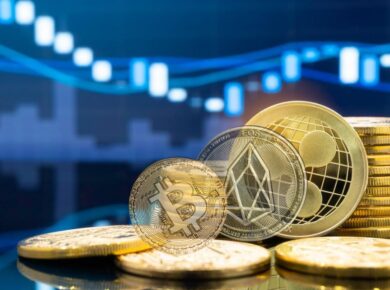Silver certificates are an intriguing part of American monetary history. Issued between 1878 and 1964, these certificates were once redeemable for their face value in silver dollars. Today, they are no longer exchangeable for silver but hold significant collectible value. Understanding their worth often begins with a silver certificate serial number lookup.
This guide will explore how to perform a silver certificate serial number lookup, the factors influencing their value, and additional insights into collecting these historic notes.
What are Silver Certificates?
Silver certificates were a type of representative money issued by the U.S. government. They were part of the paper currency system that allowed holders to exchange them for a specific amount of silver. These certificates were introduced to replace the need to carry silver coins, making transactions more convenient.
History of Silver Certificates
The first series of silver certificates was issued in 1878, following the passage of the Bland-Allison Act. These certificates continued to be issued in various denominations until 1964, when the practice was discontinued. The certificates from the earlier series, especially those from the 19th century, are particularly valued by collectors due to their historical significance and rarity.
How to Perform a Silver Certificate Serial Number Lookup
A silver certificate serial number lookup is a critical step for collectors who want to determine the value and authenticity of their certificates. Here’s how you can go about it:
Step-by-Step Guide to Silver Certificate Serial Number Lookup
- Identify the Serial Number: The serial number on a silver certificate is located on the front of the note. It typically appears twice—on the upper right and lower left corners.
- Note the Series and Denomination: The series year and denomination of the certificate also play a significant role in determining its value. This information is usually printed on the certificate.
- Use Online Databases: Several online resources and databases can help you look up the serial number of your silver certificate. Websites like Paper Money Guarantee (PMG) and Heritage Auctions provide tools and services for this purpose.
- Consult Price Guides: Reference books such as “Standard Catalog of United States Paper Money” by William Brandimore offer detailed listings of silver certificates, including serial numbers and corresponding values.
- Seek Expert Appraisal: For rare or high-value certificates, consulting a professional appraiser or a reputable coin dealer can provide a more accurate assessment.
Factors Influencing the Value of Silver Certificates
Several factors can affect the value of a silver certificate. Understanding these can help collectors make informed decisions when buying or selling these notes.
Condition (Grade)
The condition or grade of the certificate is one of the most significant factors influencing its value. Certificates are graded on a scale from Poor (P) to Gem Uncirculated (GEM). Higher grades, which indicate well-preserved notes with minimal wear and tear, command higher prices.
Rarity and Demand
The rarity of a particular series or serial number can greatly affect its value. Certificates from limited print runs or those with unique serial numbers (such as low numbers or star notes) are typically more valuable. Additionally, the demand among collectors for specific types of certificates can drive up prices.
Historical Significance
Certain silver certificates are valued for their historical significance. For example, certificates from the early series (1878-1880) or those issued during significant historical periods tend to be more sought after by collectors.
Errors and Misprints
Certificates with printing errors or misprints can be particularly valuable. These errors can include misaligned printing, ink smudges, or serial number discrepancies. Collectors often prize these error notes for their uniqueness.
Popular Series of Silver Certificates
Understanding the different series of silver certificates can help collectors identify valuable notes. Here are some of the most popular series:
Series 1878 and 1880
These early series are highly valued due to their age and historical context. They feature ornate designs and are rarer than later issues.
Series 1923
The 1923 series is known for its large-size notes, often referred to as “horse blankets” due to their size. These notes are popular among collectors for their distinctive appearance.
Series 1935 and 1957
These series are more common and were issued in large quantities. They are often the starting point for new collectors due to their relative affordability and availability.
Using Silver Certificates as an Investment
Investing in silver certificates can be a rewarding hobby, but it requires knowledge and diligence. Here are some tips for those looking to invest in these historical notes:
Diversify Your Collection
Diversifying your collection can help spread risk and increase the potential for future gains. Consider collecting certificates from different series, denominations, and conditions.
Stay Informed
Keeping up with market trends and values is crucial for successful investing. Follow auction results, dealer price lists, and online marketplaces to stay informed about the current market conditions.
Buy from Reputable Sources
Purchasing from reputable dealers and auction houses can help ensure the authenticity and quality of your certificates. Be wary of deals that seem too good to be true, as counterfeits and altered notes are not uncommon.
Conclusion
Performing a silver certificate serial number lookup is an essential step for collectors and investors alike. By understanding how to locate and verify serial numbers, as well as recognizing the factors that influence value, you can make informed decisions about your collection. Whether you’re a seasoned collector or a beginner exploring the world of silver certificates, this guide provides the foundational knowledge you need to navigate this fascinating aspect of numismatics.
For more detailed information, resources like PMG and Heritage Auctions can offer additional insights and tools for your silver certificate collecting journey. Happy collecting!






